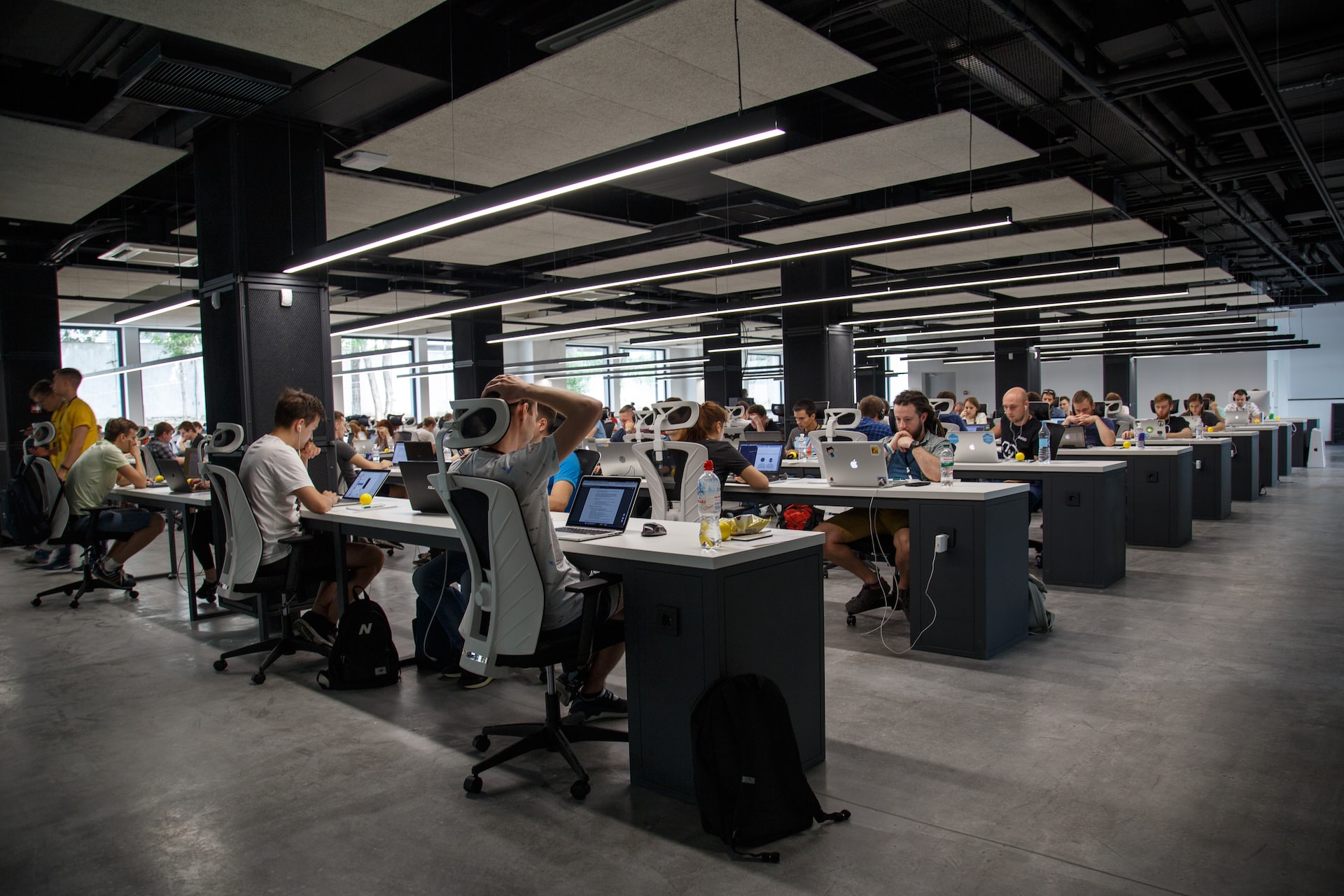The Impact of Internet of Things (IoT) on the Home and Workplace

The Internet of Things (IoT) is a network of physical devices, vehicles, home appliances, and other items embedded with electronics, software, sensors, and connectivity which enables these objects to connect and exchange data. The concept of IoT has been around for several decades, but it has only been in recent years that the technology has advanced to the point where it is starting to have a major impact on both the home and workplace.
IoT in the Home
The IoT has revolutionized the way we live our daily lives by making our homes smarter and more connected. The connected devices in the home can be controlled remotely through a smartphone or tablet, making it possible to monitor and control various aspects of the home from anywhere in the world.
One of the key benefits of IoT in the home is increased convenience and efficiency. For example, a smart thermostat can automatically adjust the temperature in the home based on the homeowner’s schedule, saving energy and money in the process. Similarly, smart lighting systems can be programmed to turn off lights when a room is not in use, reducing energy consumption and costs.
In addition to convenience and efficiency, IoT devices in the home can also improve security. For example, smart door locks allow homeowners to remotely lock and unlock their doors, and smart cameras can provide real-time video feeds of the home, enabling homeowners to monitor their property from anywhere in the world.
IoT in the Workplace
The IoT is also having a major impact on the workplace, revolutionizing the way we work and interact with technology. The connected devices in the workplace can provide valuable insights into how work is being done, allowing businesses to optimize processes and improve efficiency.
One of the key benefits of IoT in the workplace is increased productivity. For example, connected devices can monitor the progress of work in real-time, providing valuable insights into how work is being done and where improvements can be made. Similarly, connected devices can automate repetitive tasks, freeing up employees to focus on more important work.
In addition to increased productivity, IoT in the workplace can also enhance safety. For example, connected devices can monitor the working conditions of employees, alerting management to potential safety hazards before they become a problem.
Conclusion
In conclusion, the Internet of Things (IoT) is having a profound impact on both the home and workplace. The connected devices are providing increased convenience and efficiency, improved security, and enhanced productivity. As technology continues to advance, it is likely that we will see even more exciting developments in the future. The impact of IoT will continue to shape our lives for many years to come.





